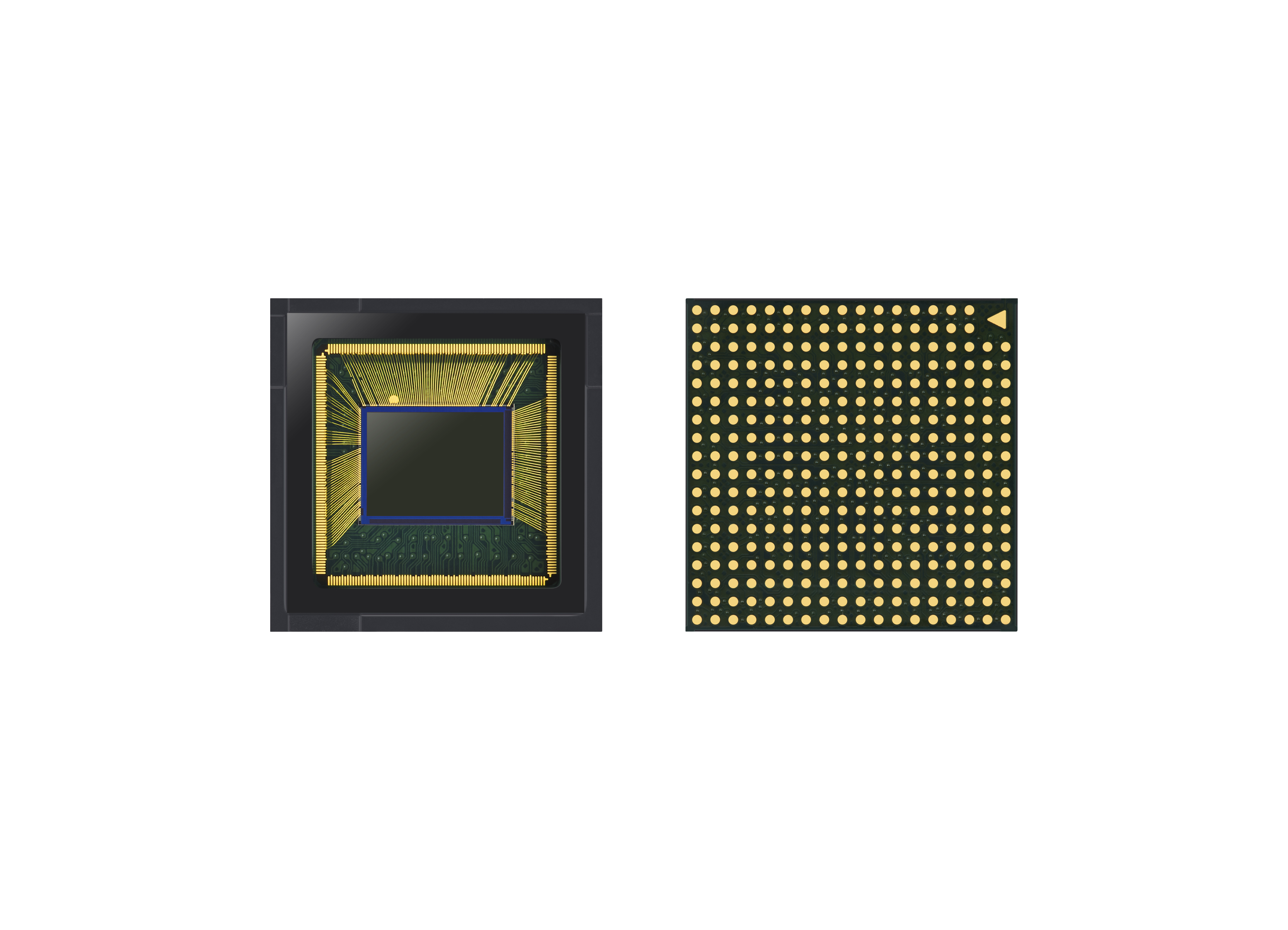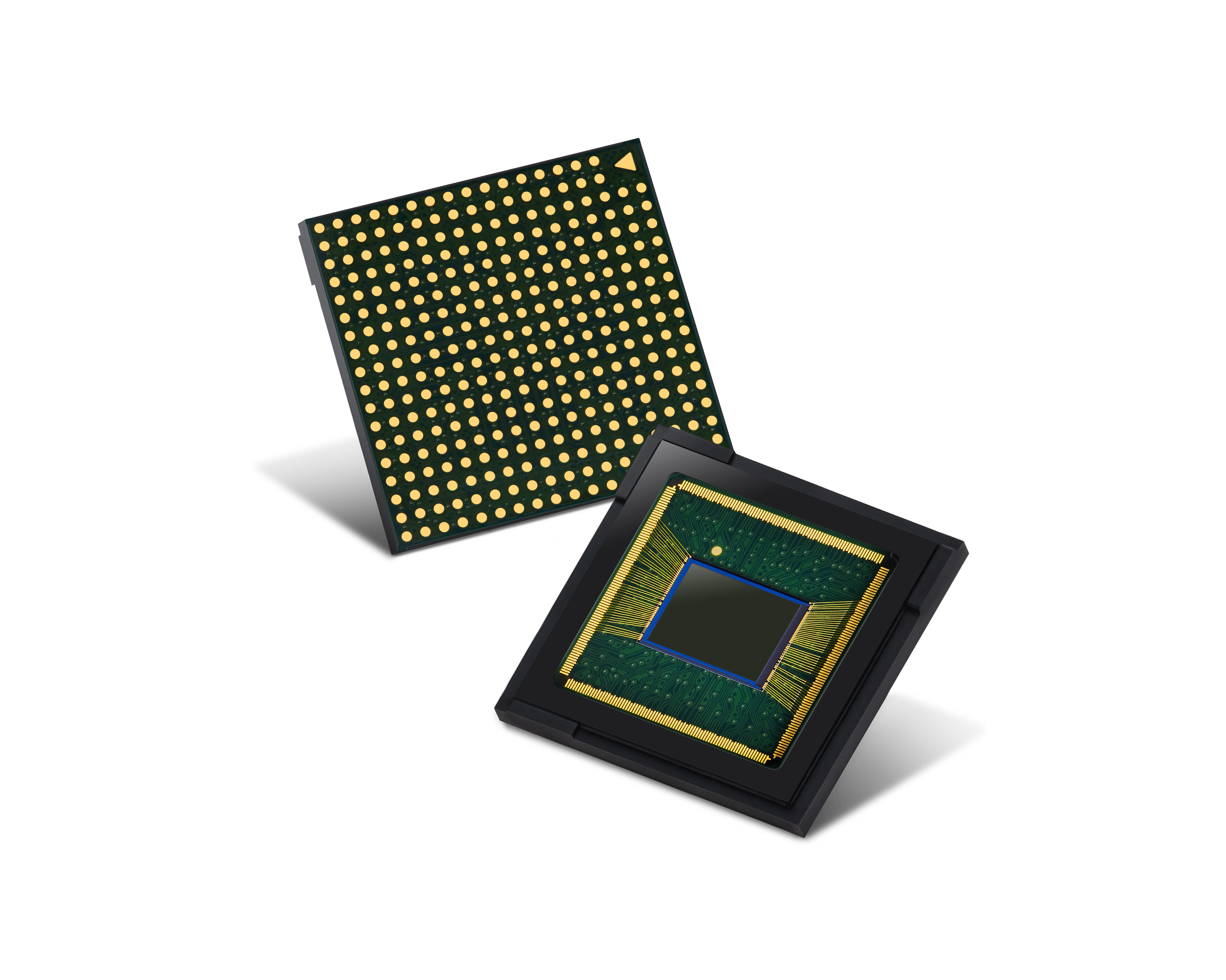Samsung Introduces 64 Megapixel Image Sensor for Smartphones
For many street photographers the camera is the most important feature of a smartphone.
Samsung realizes this and is pushing the envelope with its new 64 megapixel image sensor, less than a year after Sony made waves with its groundbreaking 48-megapixel smartphone sensor. The chip, while packing more resolution than Samsung’s current 48 megapixel sensor, will use the same .8-micrometer-sized pixels. That means it’ll be physically larger and have more light-gathering capability.
In normal usage, the new Samsung ISOCELL Bright GW1 sensor will function as a 16-megapixel sensor by merging four pixels into one, in the same way that current 48-megapixel sensors from Samsung (and Sony) combine 4 pixels to create an effective 12-megapixel sensor. By doing so, the effective pixel area quadruples, allowing you to take clear, sharp photos in low light.
In mixed-light environments, the GW1 utilizes HDR with up to 100 decibels to provide richer hues. Samsung said the dynamic range of a conventional image sensor is around 60dB while the human eye is closer to 120dB.
On the video side, Samsung’s new 64-megapixel sensor can capture full HD clips at up to 480 frames per second.
The ISOCELL Bright GM2, meanwhile, also utilizes Tetracell technology and a remosaic algorithm for improved performance in well-lit environments. Like its bigger brother, the 48 megapixel sensor is also equipped with Dual Conversion Gain (DCG) and works with Super PD, a high-end phase detection auto-focus technology.
48 megapixel cameras are now a common sight on phones: Samsung, Huawei, Oppo, Vivo, Xiaomi, and others have all shipped devices with the sensors. Samsung expects its 64 megapixel part to go into mass production in the second half of this year, so it wouldn’t be surprising to see the feature show up on spec sheets for late 2019 flagships.
More info on Samsung press release.


